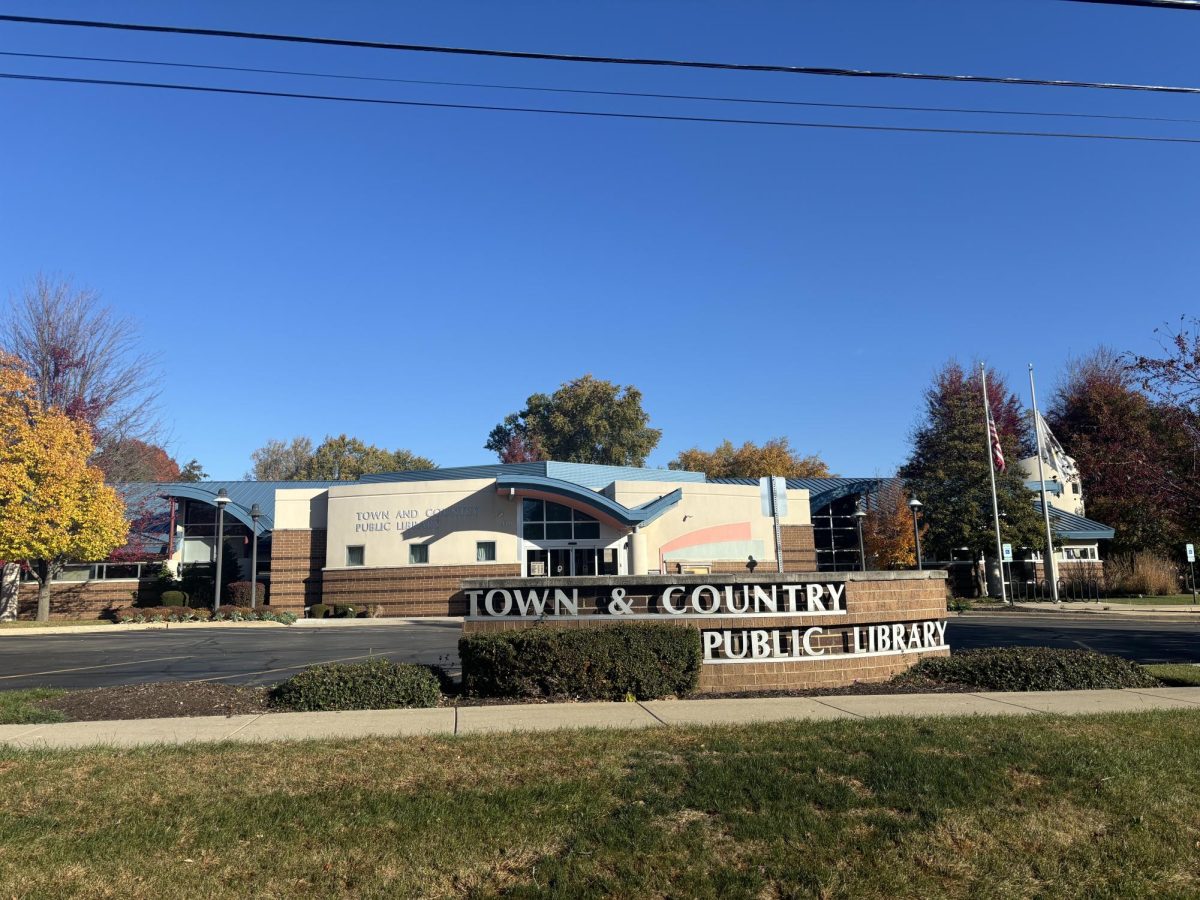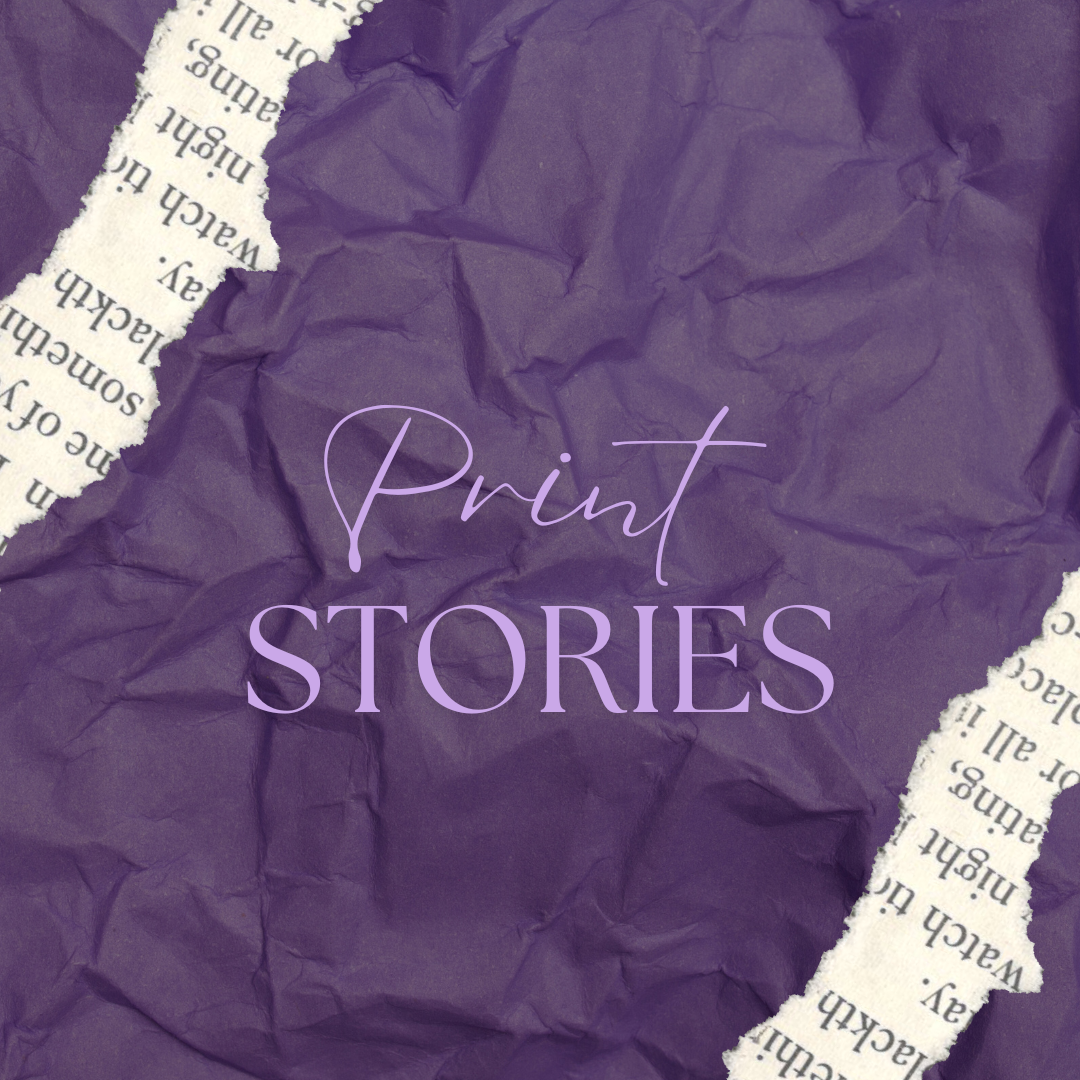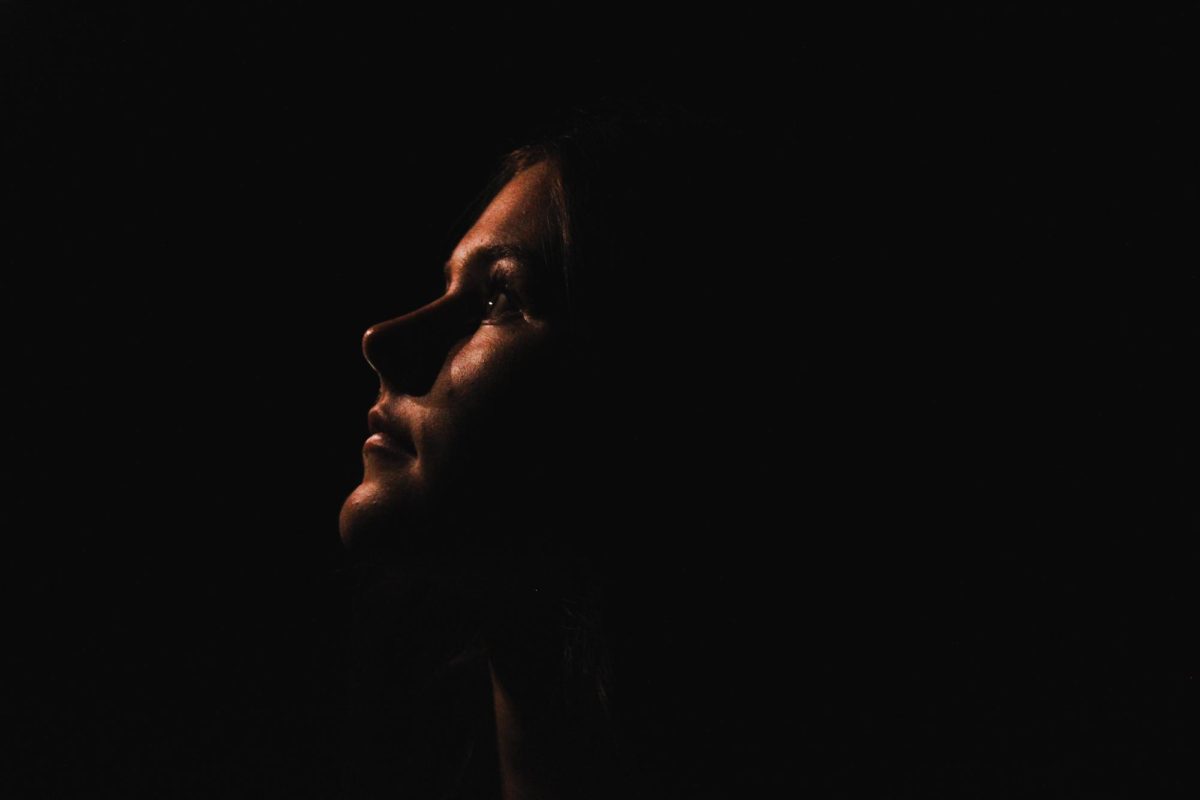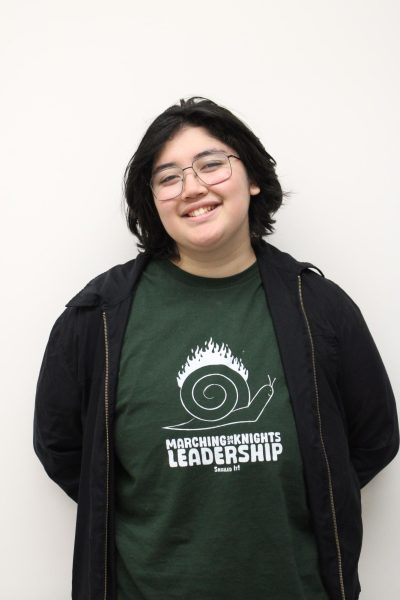The 2024 Democratic National Convention took place Aug. 19-22 in Chicago, IL. As part of an opportunity provided by the Illinois Journalism Education Association, 35 Illinois student-journalists received press credentials to report on this event. Included in those 35 students were two Kaneland Krier staff members: seniors Jay Paulson and Audrey Walker.
Our status as members of the press allowed us to observe what isn’t shown on television and experience the interactions between delegates, politicians and other guests. Here’s what we observed.
We attended the convention on Tuesday night and all day Wednesday and Thursday. We started our days at McCormick Place, where we attended caucus and council meetings and later took shuttle buses to the United Center, where the main programming portion of each evening took place.
Throughout our time over the three days, whether in a meeting or waiting in line outside of the United Center, the convention attendees were always talking, laughing and happy to be there. State delegates, especially, were enjoying their time.
Many of them were dressed in customized and vibrant outfits, similar to how one would dress for a concert.
By talking to some and overhearing others, we found that many delegates, politicians and other guests attended after-parties following the convention.
Inside the United Center, the air felt charged and positive. Each consecutive speaker brought more cheers from the crowd, and the anticipation for the final speaker grew throughout each night. While the stadium was always very full during the three nights we attended, it wasn’t completely full until right before Vice President Kamala Harris took the stage to accept the Democratic presidential nomination. From our viewpoint, we couldn’t see a single empty seat.
We sat in the general press section, which was on the third level of the stadium. This gave us a good view of the entire crowd and stage. From our seats, we were able to see how the convention came together through the work of volunteers and staff.
In a strategic way to show support, volunteers would distribute signs, paid for by the Harris For President campaign, to delegates each night. Most of the vertical signs related to the final speakers of each night, such as “KAMALA,” “COACH WALZ” and “WE [heart] JOE.” Like clockwork, these volunteers, wearing neon vests to tell them apart from the delegates, would simultaneously stream out of doorways carrying these signs in bags. From our high viewpoint, this process went so smoothly that most people didn’t even realize it happened until the moment when the delegates would use them for a cheer.
The transitions between the speakers, too, were flawlessly planned. Each time the stage required an alteration, the crowd would be distracted by a video playing on the jumbotron. Each video led into the next topic of conversation, making the night feel smooth and engaging.
Security was another aspect of the convention that was unseen on television. McCormick Place and the United Center were surrounded by a perimeter fence, oftentimes with multiple layers of fencing, that blocked uncredentialed people, such as protesters, from getting into the buildings. On the last night of the DNC, a protest began outside of the United Center as the event ended.
The protesters were positioned right outside the opening of the perimeter in order to get people’s attention as they left the stadium. This protest, along with other smaller protests we saw, was largely focused on bringing awareness to and encouraging a ceasefire for the war in Gaza. Police ensured the protesters would not enter the perimeter, but they still allowed them to be heard.
As we walked toward the protest while still within the perimeter, state police officers lined the flow of people, wooden batons attached to their hips. Riot shields with riot helmets sitting on top were carefully lined up in front of them in case they needed to be quickly grabbed.
The professionalism of this convention made this an amazing experience for us to be a part of. Being a student journalist sitting among professionals from all over the world was inspiring. As students, we were definitely younger than most other members of the press around us, but the people we interviewed regarded us as professionals.
Overall, this experience was a sweet taste of the professional journalism world and gave us a genuine view of politics. Getting a sneak peak into a possible future profession was inspiring. We got to see a raw, uncut view of journalism and political conventions that many people never get to see.











